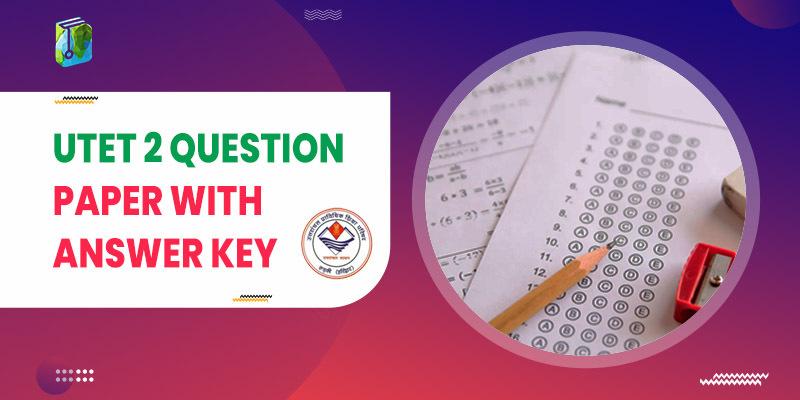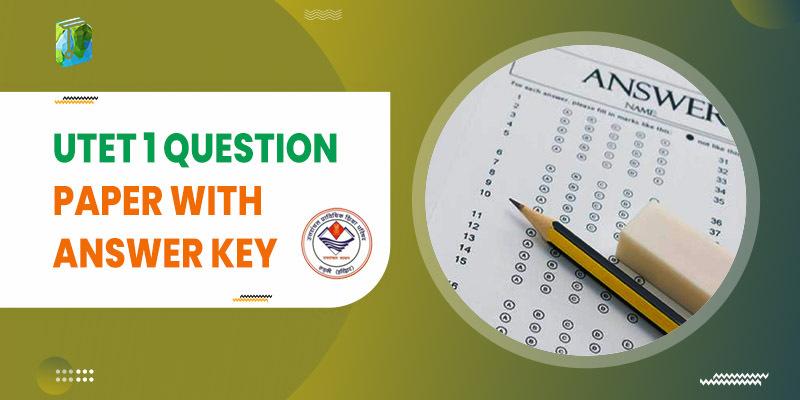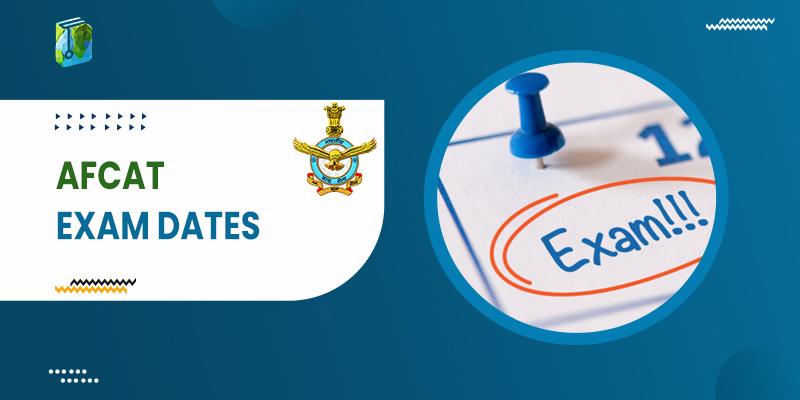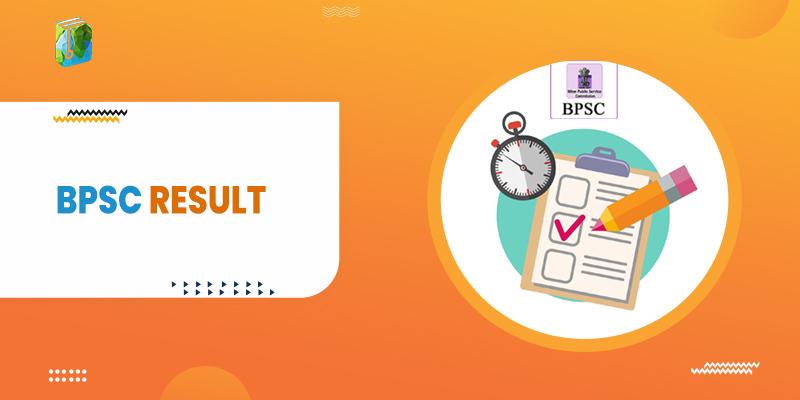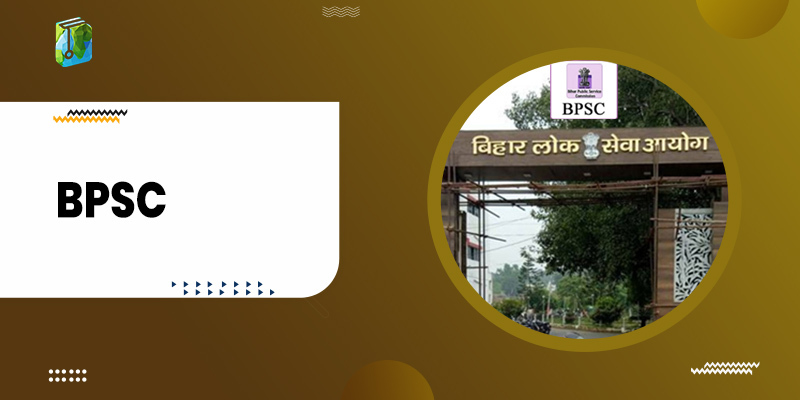UTET Paper 2 Answer Key 2024: UTET Paper 2 Question Paper with Answer Key
Thousands of candidates take the UTET examination. Only a few candidates get through the UTET Recruitment 2024. The UBSE authorities release the UTET final answer keys. Candidates need to visit the official website for fetching the UTET Question Paper Solution & OMR Answer Sheet PDF and get the latest updates. UTET Answer key 2024 Paper … Read more

